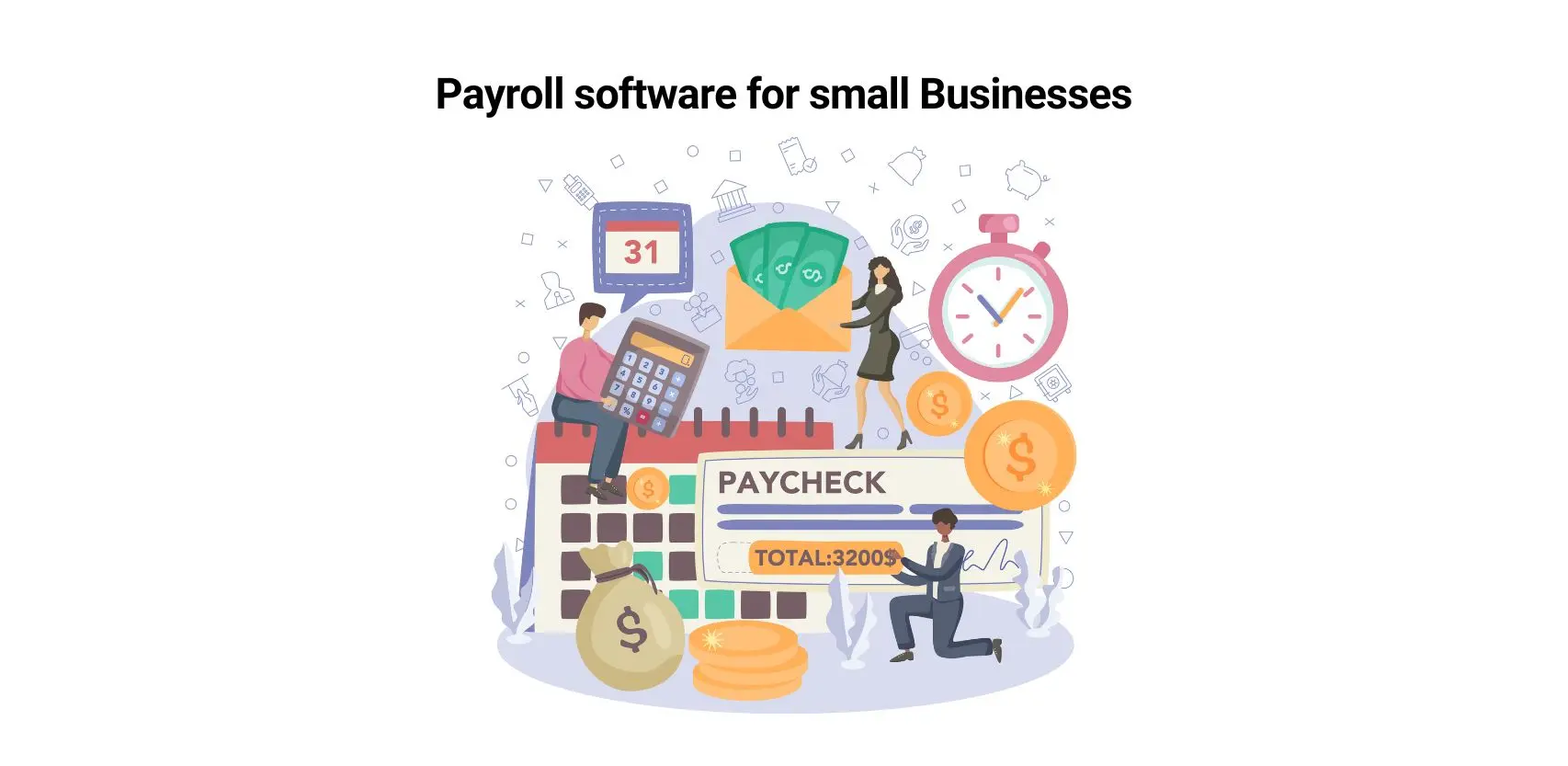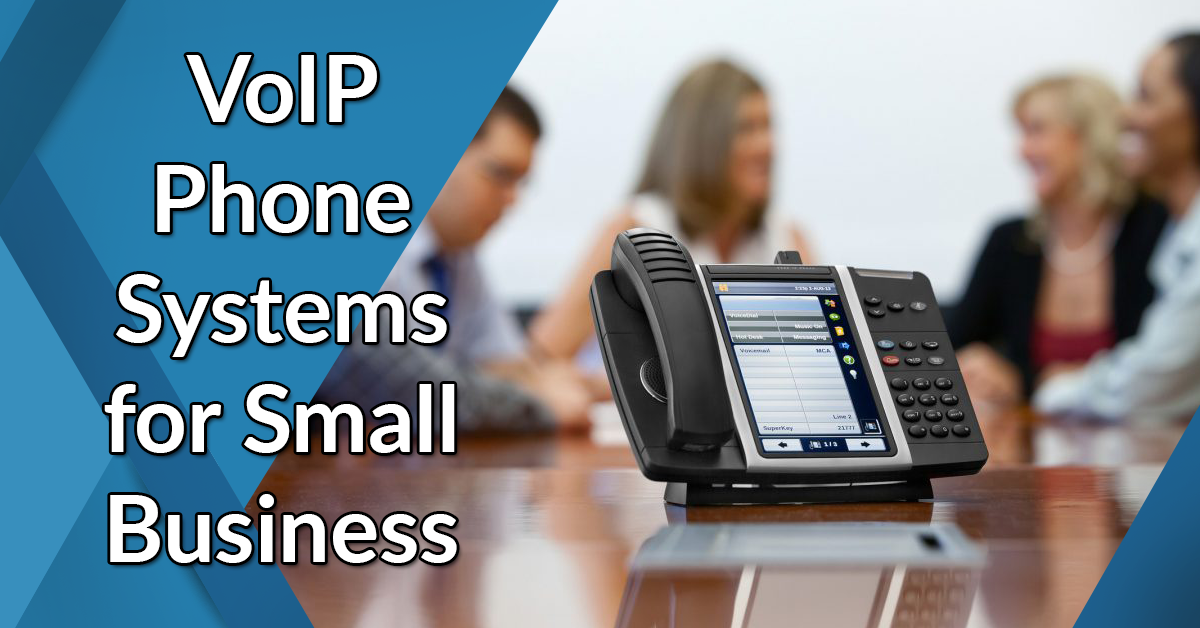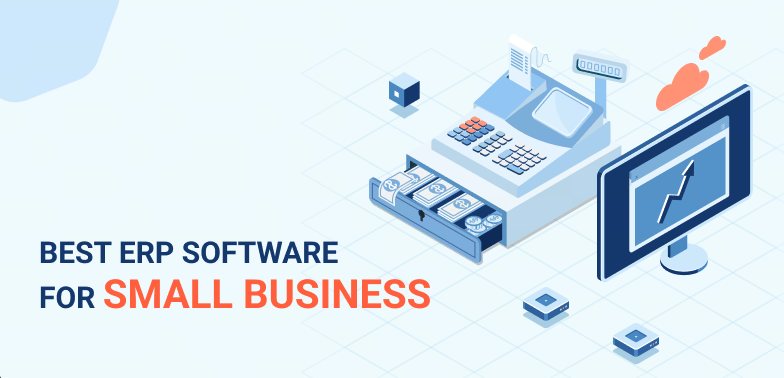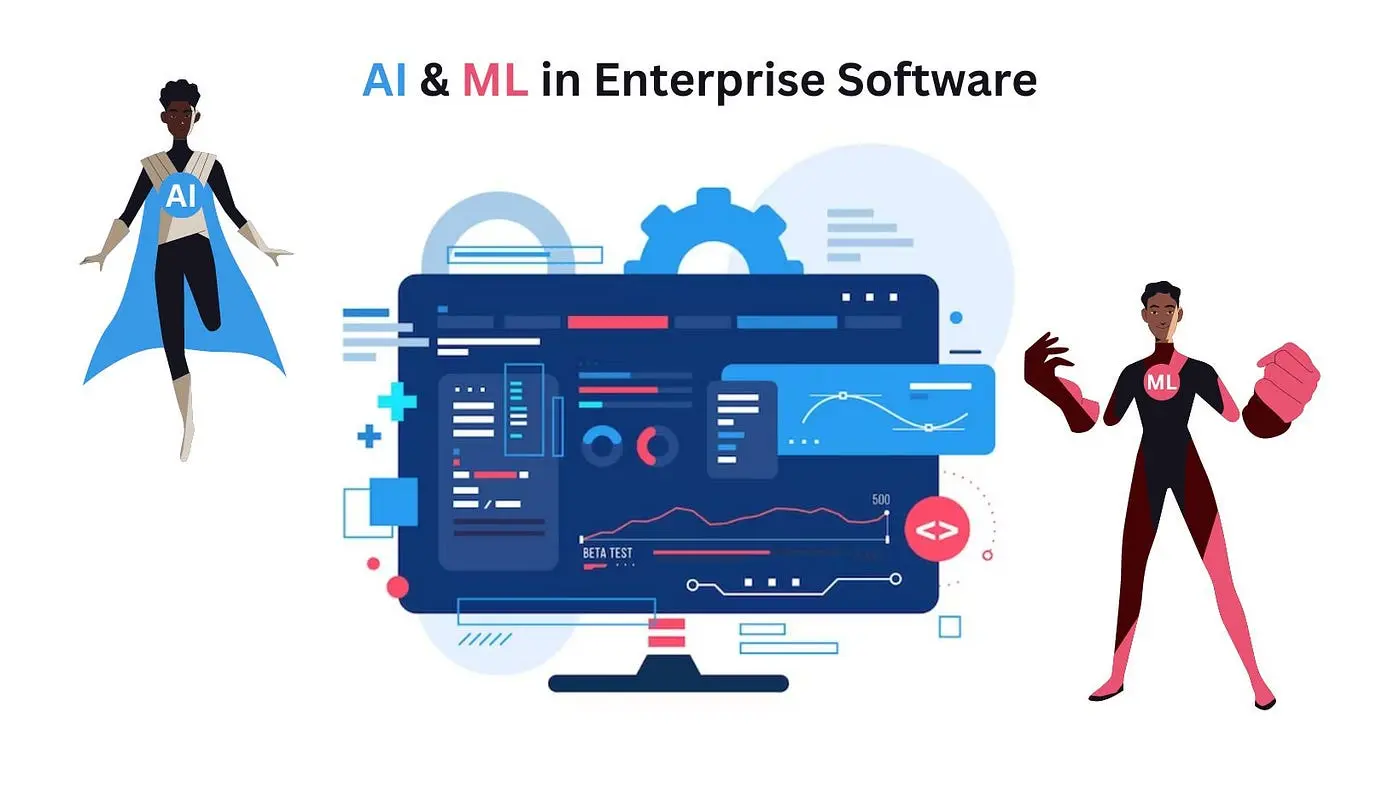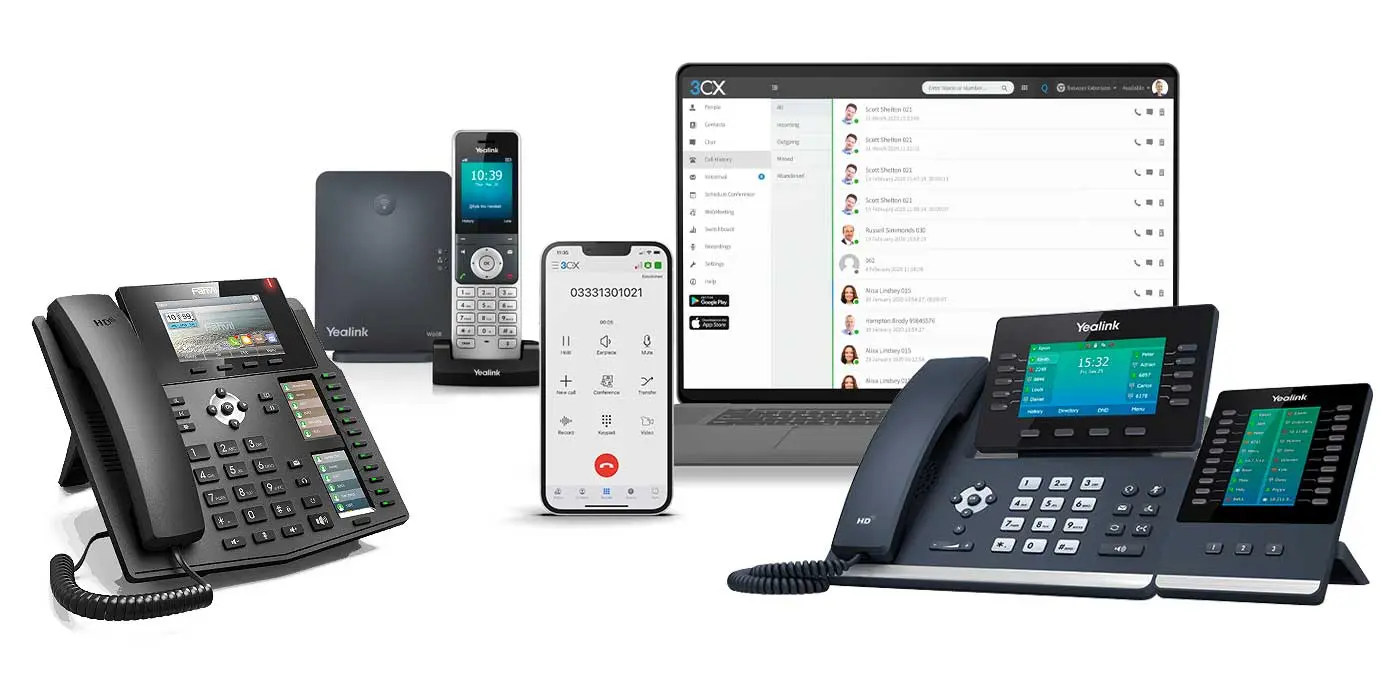
The Evolving Role of a Small Business Phone System
No longer just about voice calls, a modern small business phone system handles voicemail-to-email, video conferencing, call routing, SMS integration, and even CRM syncing. Businesses today prioritize systems that can flex with growth, adapt to remote teams, and scale without increasing overhead.
From mom-and-pop shops to SaaS startups, communication efficiency has become a key differentiator.
Comparing Popular Small Business Phone System Options
| Provider | Setup Time | Monthly Cost/User | Key Feature | Cloud-Based |
|---|---|---|---|---|
| RingCentral | 1–2 hours | $19.99 | Team Messaging | ✅ |
| Grasshopper | 30 mins | $26 | Virtual Extensions | ✅ |
| Nextiva | 1 hour | $23.95 | CRM Integration | ✅ |
| 8x8 | 2 hours | $15 | Global Call Coverage | ✅ |
| Ooma Office | 45 mins | $19.95 | Desktop + Mobile App | ✅ |
These platforms reflect a shift from hardware-intensive PBX systems to agile, software-first solutions. Choosing a small business phone system isn’t just about affordability—it’s about how well it integrates with your workflow.
Startup Culture and the Rise of VoIP
VoIP has revolutionized the way micro-businesses approach communication. Entrepreneurs no longer need expensive desk phones or complicated installations. A smartphone, laptop, and internet connection are often enough to run a fully functional small business phone system.
According to a 2024 report by TechValidate, over 72% of businesses with under 50 employees now use cloud-based VoIP systems. This trend reflects the demand for flexibility, especially in sectors like consulting, e-commerce, and digital services.
The Hidden Cost of Bad Call Experiences
For small businesses, every customer interaction counts. Missed calls, poor audio quality, or confusing call menus can directly impact revenue and brand perception. A small business phone system with advanced call handling—auto-attendants, voicemail transcription, and intelligent routing—can fix this quietly in the background.
| Factor Affected | Impact Without a Phone System | Impact With Modern System |
|---|---|---|
| Customer Retention | 40% drop in callback success | 75% response rate increase |
| Lead Qualification | Missed or misrouted calls | IVR guides caller properly |
| Team Productivity | Manual call tracking | CRM call logging |
The data is clear: communication inefficiencies don’t just slow you down—they compound over time.
Branding Through Audio: The Underrated Channel
What your callers hear—greetings, hold music, voice tone—is part of your brand. A small business phone system with customization options allows even a 5-person team to sound enterprise-ready. Hold messages can include promos, product announcements, or even FAQs. It’s low-effort, high-impact branding.
Remote Teams Demand Unified Communication
The new workplace spans home offices, coworking spaces, and digital nomad cafes. A centralized small business phone system keeps communication flowing across time zones without needing multiple platforms.
Platforms like RingCentral and 8x8 combine voice, video, and team messaging—replacing email overload with real-time collaboration. Features like call forwarding to mobile, simultaneous ring, and browser-based dialers keep teams synced without physical infrastructure.
What Scalability Actually Looks Like
Scalability isn’t about headcount—it's about capability. The best small business phone system handles five users as easily as fifty, without requiring IT support or reconfiguration. Add a new user? It’s a few clicks. Need to change an auto-attendant greeting? Upload a new MP3. It’s agile, modular, and intuitive.
Industry-Specific Use Cases
- Real Estate: Agents rely on virtual extensions and voicemail transcription while on the road.
- Legal Firms: Call recording and secure storage are essential for compliance.
- Retail: Multi-line support and customer queue management prevent lost sales during peak hours.
- Healthcare Clinics: HIPAA-compliant small business phone systems route calls securely between departments.
Final Thoughts
A small business phone system isn't just about handling calls—it’s a digital infrastructure for efficiency, branding, and growth. As the line between digital tools and customer experience blurs, investing in a scalable, cloud-based phone system isn't optional—it's foundational.

